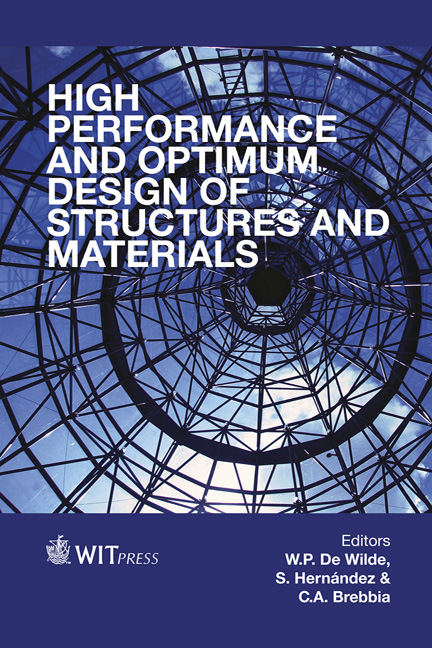The Effect Of The Amount Of Process Control Agent On The Properties Of Cu25W Composite Powder
Price
Free (open access)
Transaction
Volume
137
Pages
12
Page Range
189 - 200
Published
2014
Size
3,205 kb
Paper DOI
10.2495/HPSM140171
Copyright
WIT Press
Author(s)
S. Biyik & M. Aydin
Abstract
This study is based upon the optimization of production parameters of Cu25W electrical contact material. Commercial elemental copper (Cu) and tungsten (W) powders were synthesized to produce Cu25W composite powder by mechanical alloying technique at various amounts of stearic acid via using a planetary type ball mill. The effect of amount of stearic acid on production of Cu25W composite powder was evaluated. In order to achieve true alloying among powder particles, it is necessary to establish a balance between cold welding and fracturing. Hence, different types of process control agents (PCA) were used to reduce excessive cold welding. Here, the effect of various amounts of stearic acid, namely 0, 0.5, 1, 2 and 3 wt.% on morphology and some properties of Cu25W composite powder were studied. The microstructural evolution of the milled powders was characterized by using scanning electron microscopy. The test results showed that the morphology and particle size distribution of the milled powders were changed considerably depending upon the variable amount of PCA. In addition, holding the same milling duration, different microhardness values were obtained for various amounts of PCA. Keywords: composite powders, copper matrix composites, electrical contact materials, mechanical alloying, process control agent, tungsten.
Keywords
composite powders, copper matrix composites, electrical contact materials, mechanical alloying, process control agent, tungsten.





